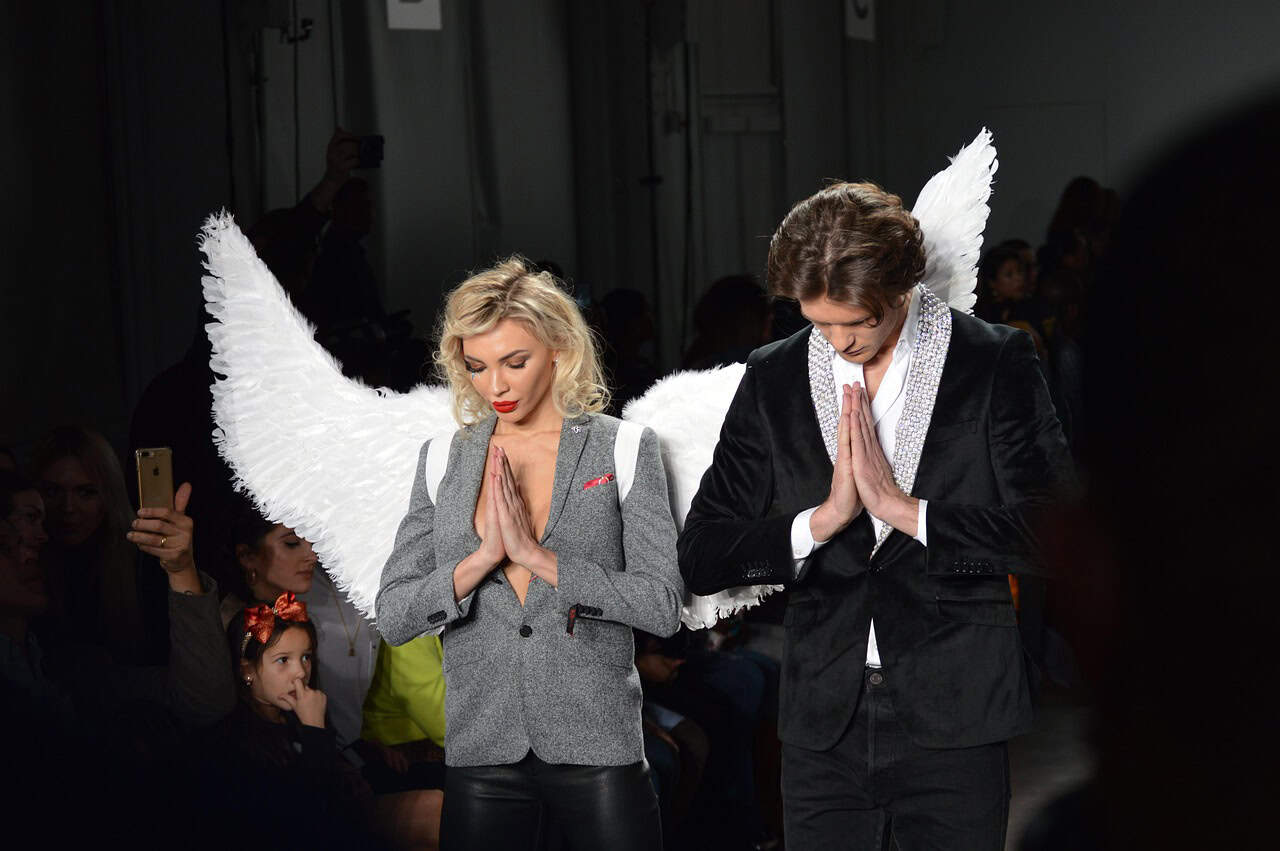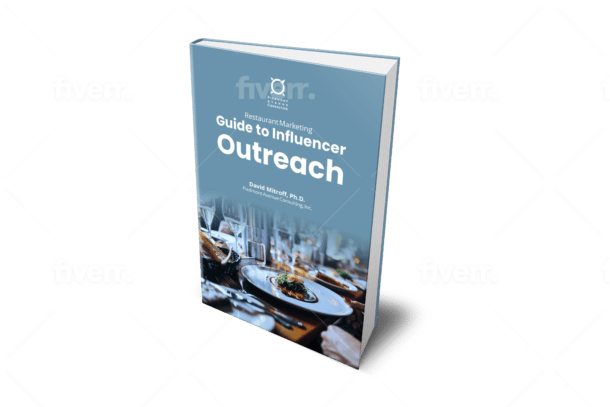Fashion Business Consulting in NYC | Brand Strategy
Business consulting for fashion brands in New York City. Brand strategy, retail expansion, marketing & operations to help you scale. Free 30-min consultation Schedule a CallWhat We Do
Our tailored services include:
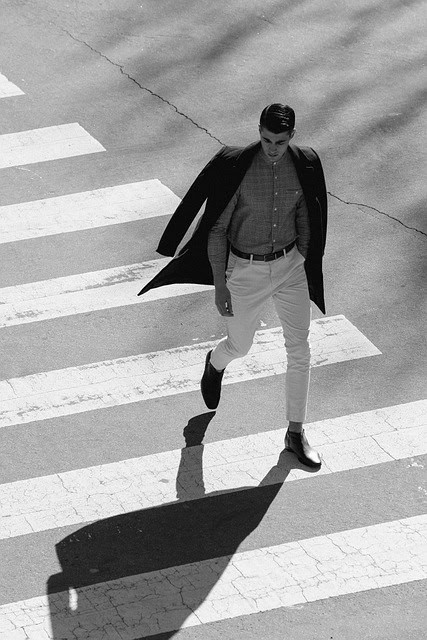
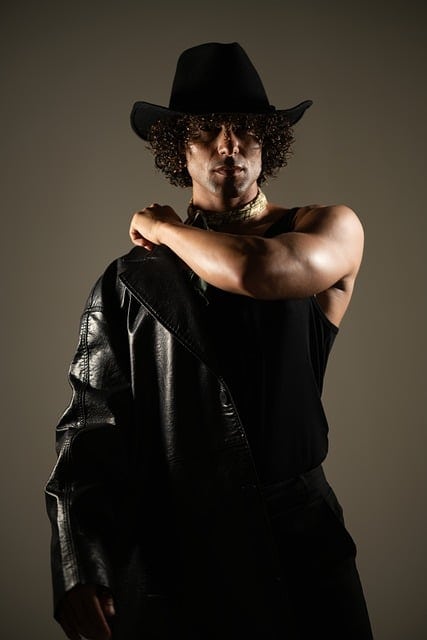
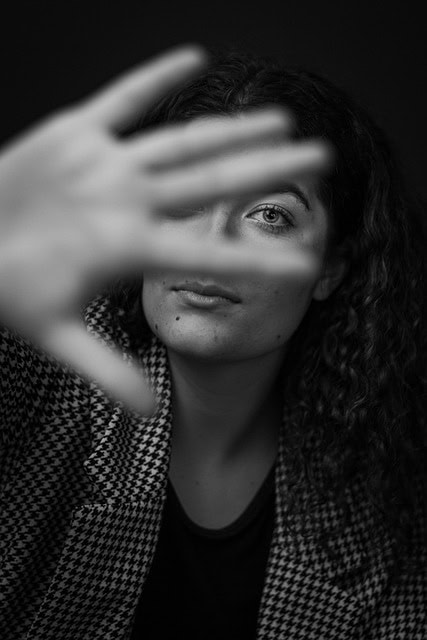
-
Brand Strategy: identity, storytelling, and positioning.
-
Retail & Distribution: physical stores, pop-ups, and e-commerce.
-
Fashion Marketing: social media strategy, influencer partnerships, and visual content.
-
Visual Merchandising & UX: optimizing both online and in-store experiences.
-
Operations & Supply Chain: sourcing, production, and logistics optimization.
-
Market Expansion: launching or growing in NYC neighborhoods and understanding local consumer behavior.
- Financial Advisory: pricing strategies, profitability, and scalability planning.
- More…
Thinking of Opening a Fashion Business in New York City?
Contact us today to schedule a free consulting session to review how we may be able to help. Piedmont Avenue Consulting is a San Francisco Bay Area based business development and marketing consulting firm who creates brand awareness, strengthens customer loyalty, and increases lead generation through leveraging new technologies and streamlining business processes.
Business Consulting
We are business consultants specializing in the fashion and retail industry, combining global strategy with local expertise to help brands succeed in one of the world’s most competitive markets—New York City. Our mission is to empower fashion entrepreneurs, designers, and established brands with the tools, insights, and systems they need to grow sustainably, increase profitability, and make a lasting impact in the ever-evolving fashion landscape.
Our consultants bring decades of combined experience in fashion management, retail strategy, marketing, and operations. We understand that fashion is more than just an industry—it’s a reflection of culture, innovation, and identity. That’s why our approach blends creative vision with strategic precision. We don’t just focus on aesthetics; we build business foundations that turn ideas into scalable, profitable ventures.
We work with a diverse range of clients: emerging designers seeking visibility, established brands expanding their retail presence, and international companies entering the U.S. market.
In today’s fast-changing market, fashion brands need more than creativity—they need clarity, direction, and adaptability. We provide exactly that. Whether you’re looking to strengthen your online presence, launch a new collection, or optimize retail operations, our consulting services are designed to deliver measurable results.
At the core of everything we do is a commitment to growth, innovation, and authenticity. We believe every fashion brand has a unique story to tell—and our job is to help you tell it in a way that resonates with your audience and drives success. With our combination of strategic business insight, creative industry understanding, and local New York expertise, we help you transform your vision into a thriving fashion business.
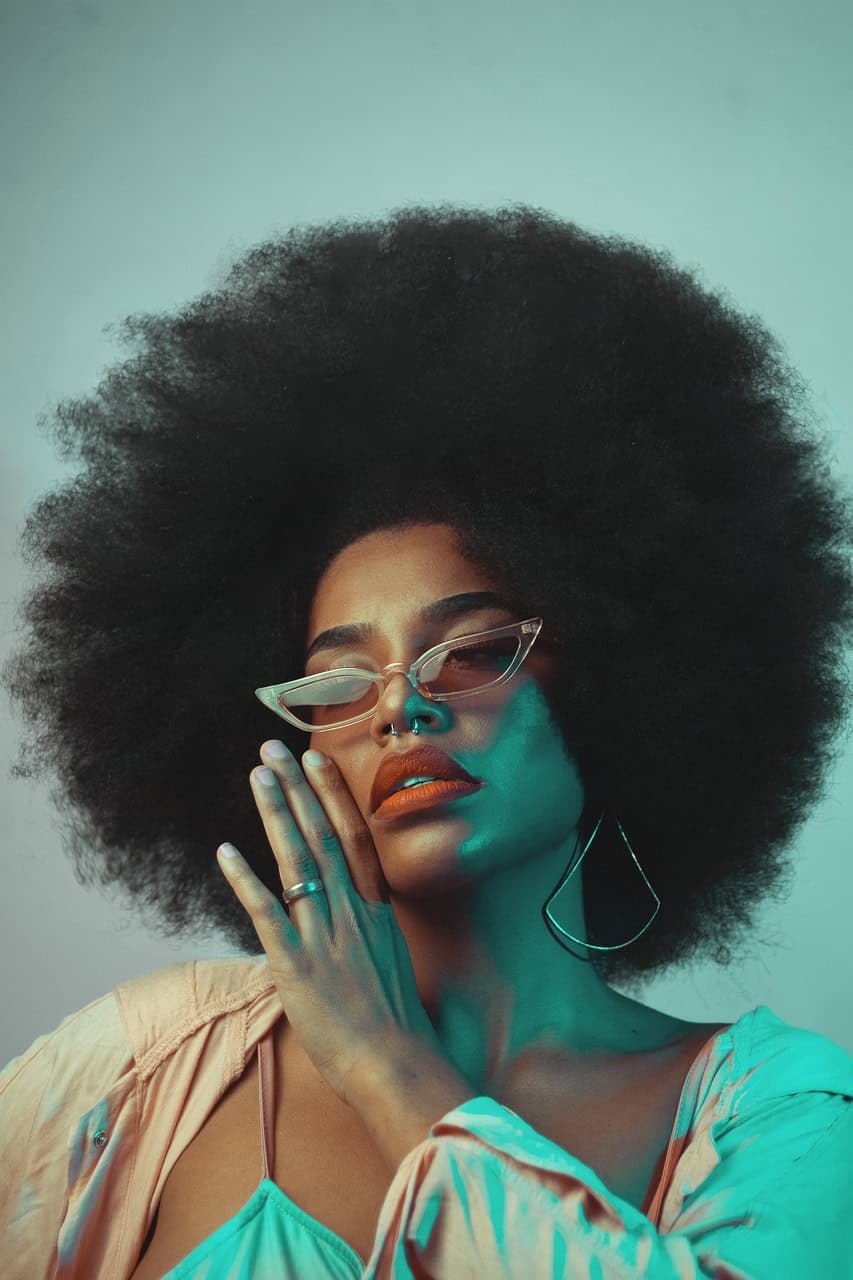
Success Stories:
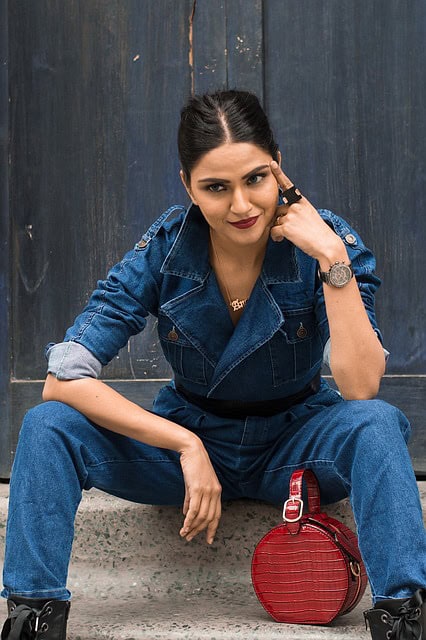
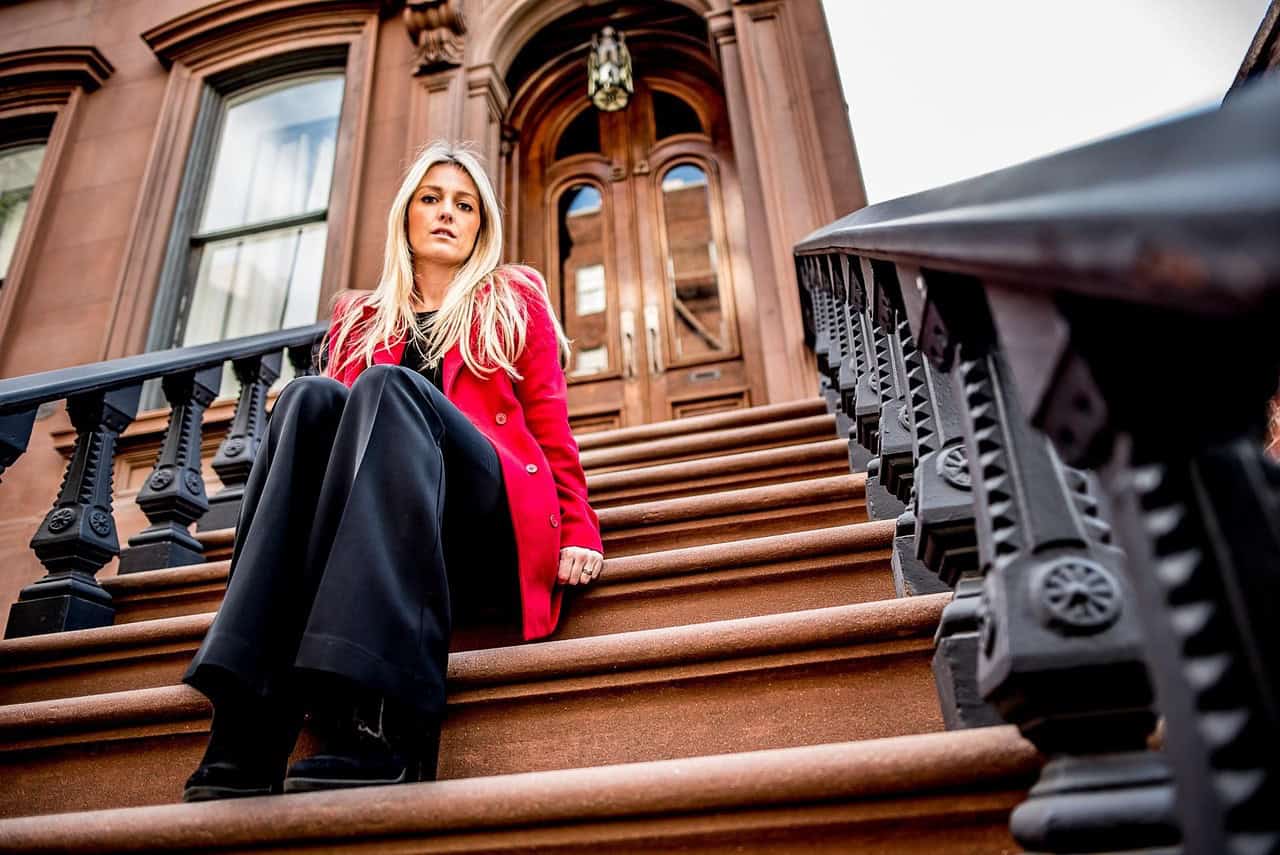

Their targeted social media strategy helped us connect with NYC’s Hispanic fashion community and quadruple our engagement.
— Streetwear Brand Owner
With their help, we went from online-only sales to opening a boutique in Manhattan, growing revenue by 150% in six months.
— Founder, Contemporary Fashion Label
Why New York?
-
One of the fashion capitals of the world, setting global trends.
-
Home to diverse and style-conscious consumers open to new brands.
-
Endless opportunities for media visibility and creative collaborations.
-
A fast-paced, multicultural market — perfect for brands ready to grow and adapt.

Get Started
Learn how to grow your fashion business in New York with a personalized strategy session.
Our Process
- Deep Analysis: review of your brand, products, operations, and audience.
- Strategic Roadmap: tailored business and marketing plan.
- Implementation & Support: hands-on execution and optimization.
- Continuous Growth: real-time adjustments as your brand evolves.
A. Industry Landscape in NYC
-
Overview of current fashion industry state in NYC
-
Trends: sustainability; local sourcing; direct-to-consumer; experiential retail
-
Challenges: high real estate costs; competitive saturation; rapid social media changes
B. Understanding Your Customer
-
Key segments
-
What they value: quality, ethics, exclusivity, community
-
How to reach them: channels, messaging
C. Technology & Innovation in Fashion Business
-
Tools for marketing automation, CRM, AR/VR, data analytics
-
Examples: virtual try-ons, AI fashion forecasting, 3D modelling

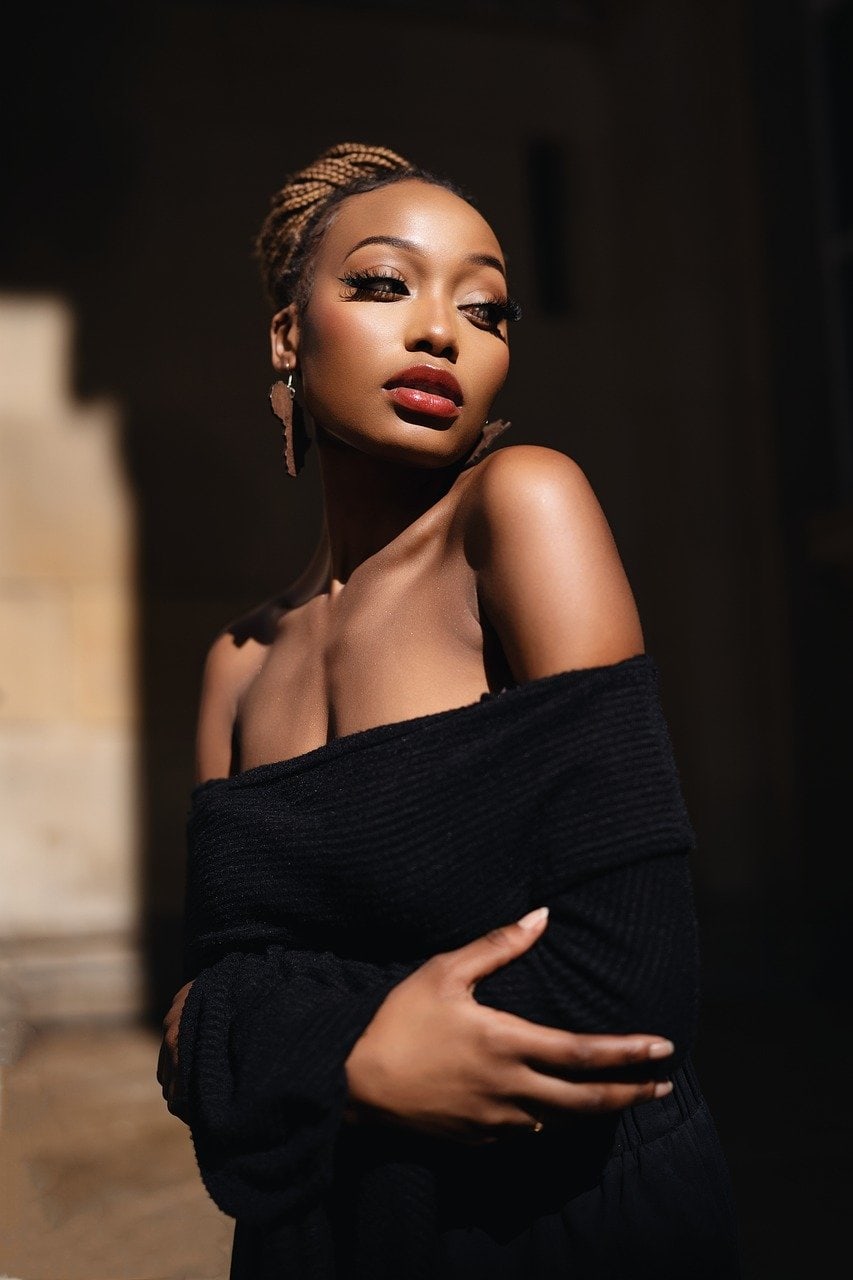
D. Loyalty & Retention Tactics
-
Effective loyalty programs and personalization
-
Example case: “Brand X increased repeat purchase by 30% through tiered loyalty + personalized offers”
E. Marketing & Social Media Tactics
-
Types of content that perform well in fashion (visual, video, storytelling)
-
Influencer & micro-influencer strategy
-
Paid ads vs organic vs user-generated content
-
Local SEO, digital presence for pop-ups
F. Operational & Financial Foundations
-
Inventory / supply chain management
-
Pricing & margin strategy
-
Budget allocation for marketing, ops, store rental etc.
Transform your fashion brand with technology.
Learn how to grow your fashion business in New York with a personalized strategy session.
Fashion Trends
How leveraging tech can reduce costs, improve speed, help with personalized marketing etc.

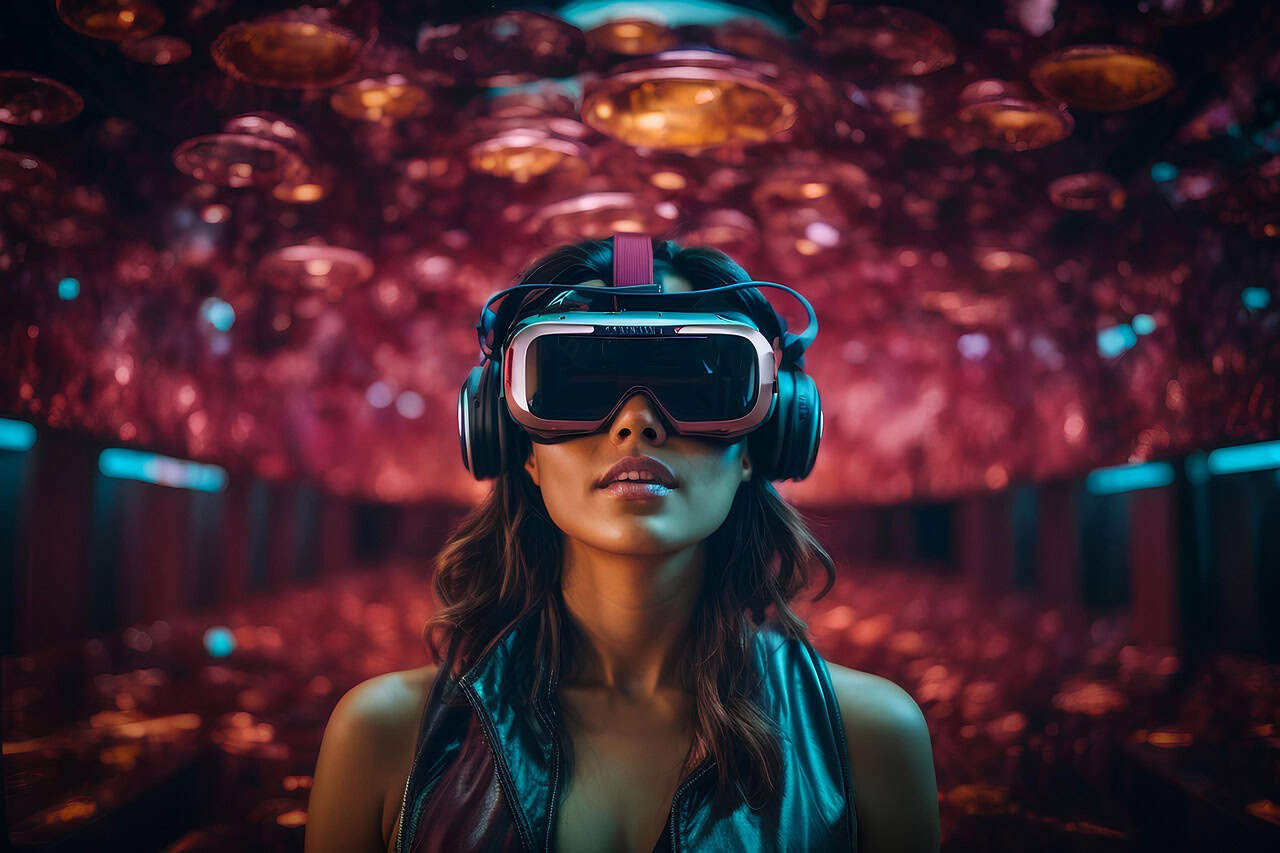


1. Artificial Intelligence and Predictive Analytics
Artificial Intelligence (AI) and predictive analytics are redefining how fashion businesses make decisions. Instead of relying on intuition or seasonal guesswork, brands can now use real-time data to predict trends, optimize pricing, and manage inventory more effectively.
AI tools analyze sales data, customer behavior, and market trends to forecast what styles, colors, or products will be in demand next season. This allows brands to reduce overproduction, minimize markdowns, and improve cash flow. For example, predictive analytics might show that a specific style of denim is trending in downtown Manhattan, allowing a retailer to adjust stock and marketing before competitors do.
2. Virtual Showrooms and Digital Fashion
Virtual showrooms are revolutionizing how designers and buyers connect. Instead of relying solely on physical fashion weeks or costly showroom spaces, brands can now showcase their collections online in immersive, 3D environments. This not only reduces travel and logistical costs but also expands reach to international buyers and media.
Emerging digital fashion platforms allow customers and influencers to “try on” clothing virtually, opening a world of possibilities for sustainable, zero-inventory fashion marketing. These innovations make it easier for smaller or independent labels to compete with larger brands by offering a polished, interactive buying experience.
3. Supply Chain Software and Smart Logistics
Behind the runway glamour, technology is also revolutionizing fashion’s supply chain. Cloud-based inventory management, blockchain for transparency, and logistics tracking tools now allow businesses to monitor every stage—from raw materials to final delivery.
With smart supply chain software, fashion companies can respond quickly to disruptions, forecast production needs, and maintain optimal inventory levels. This leads to reduced waste, faster turnaround times, and more ethical production processes. For consulting clients, implementing these tools means greater efficiency and better alignment between creative vision and operational execution.
4. The Competitive Edge of Innovation
Leveraging new technologies isn’t just about keeping up—it’s about gaining a competitive edge. By combining creative design with data-driven insights, brands can make smarter decisions, adapt to consumer trends faster, and reduce operational costs.
For New York fashion businesses, where the market moves at lightning speed, technology provides the agility needed to survive and thrive. Whether it’s AI-powered forecasting, AR-driven experiences, or efficient supply chain management, innovation is the bridge between artistry and profitability.
How to design an Omnichannel Marketing Plan?
1. Define Your Customer Journey
Start by mapping how your customers discover, research, and purchase fashion products.
Ask:
-
Where do they first hear about your brand (Instagram, friends, pop-ups, search)?
-
What steps do they take before purchasing?
-
What keeps them coming back (loyalty programs, new drops, events)?
Create a customer journey map showing every touchpoint:
-
Awareness (social media, PR, influencers)
-
Consideration (website, email, lookbooks)
-
Purchase (online checkout, store visit)
-
Post-purchase (customer support, loyalty rewards)
-
Advocacy (reviews, user-generated content)
2. Build a Consistent Brand Identity
Your brand voice, visuals, and tone should look and feel the same across every channel.
-
Use the same color palette, typography, and messaging across social, email, packaging, and retail displays.
-
Ensure the tone (luxury, edgy, sustainable, etc.) aligns everywhere.
-
Align visuals — e.g., your Instagram feed should match the look of your website and even in-store signage.
Example: A sustainable fashion brand uses neutral tones and clean visuals online and mirrors that aesthetic in its boutique layout, eco-friendly packaging, and social posts.
3. Integrate Your Data and Technology
Omnichannel success depends on having connected data.
-
Use a CRM (Customer Relationship Management) system like HubSpot, Klaviyo, or Salesforce to track every customer interaction.
-
Connect your e-commerce, POS, and loyalty platforms (e.g., Shopify + Square + Yotpo).
-
Sync email, SMS, and social analytics so you can see how one campaign affects all channels.
The goal: A single customer profile that shows what they bought online, what they browsed in-store, and what emails they opened.
4. Align Online and In-Store Experiences
Bridge the gap between digital and physical experiences:
-
Click & Collect: Let customers buy online and pick up in-store.
-
QR codes: Use them in-store for size availability, styling tips, or reviews.
-
Virtual try-ons / AR fitting: Connect digital tools to your retail spaces.
-
Consistent pricing & promotions: Avoid confusion between your website and store.
Tip: Host exclusive in-store events promoted via email or social media — track attendance and follow up digitally.
5. Personalize Communications
Fashion shoppers expect personalization. Use your data to tailor messaging:
-
Segment by style preferences, purchase history, or engagement.
-
Send automated messages like: “You loved our summer collection — here’s early access to our fall drop.”
-
Retarget shoppers online with ads that reflect what they viewed in-store or added to their wishlist.
6. Optimize Each Channel
Each channel plays a unique role in the journey:
-
Website: Fast, mobile-friendly, visually rich with shoppable content.
-
Email: Storytelling, exclusive offers, product drops.
-
Social Media: Engagement, influencer collaborations, visual inspiration.
-
Retail Store: Immersive, personalized experience — trained staff, events, tactile brand feel.
-
Search & SEO: Local SEO for store visibility and content marketing for organic traffic.
Ensure all platforms cross-promote one another (e.g., “Find your nearest store” link on Instagram bio, in-store signage directing customers to your online shop).
7. Measure, Analyze, Improve
Use analytics to understand what’s working across channels:
-
Track metrics like conversion rate by channel, customer lifetime value, and repeat purchase rate.
-
Set up UTM tracking to know which campaigns drive both online and offline visits.
-
Continuously test and adapt messaging, visuals, and offers based on performance.
Combine insights from:
-
Google Analytics (web)
-
Meta / TikTok Ads (social)
-
POS system (store)
-
CRM (customer behavior)
8. Example of a Fashion Omnichannel Plan in Action
Scenario:
A NYC streetwear brand launches a new collection.
Execution:
-
Tease the drop on TikTok and Instagram (awareness).
-
Email subscribers early access to the online store (consideration).
-
Host a launch pop-up in Brooklyn (purchase).
-
Offer loyalty points for attending the event (retention).
-
Encourage attendees to post outfits online using a hashtag (advocacy).
-
Retarget those who visited the site but didn’t buy (conversion).
Result:
Unified campaign drives consistent engagement across all touchpoints, boosts loyalty, and builds brand recognition citywide.
Key Takeaway
An effective omnichannel marketing plan isn’t about being everywhere — it’s about being connected everywhere.
When your social media, e-commerce, email, and in-store experiences all tell the same brand story and share the same data, your customers feel seen, valued, and inspired to come back.

